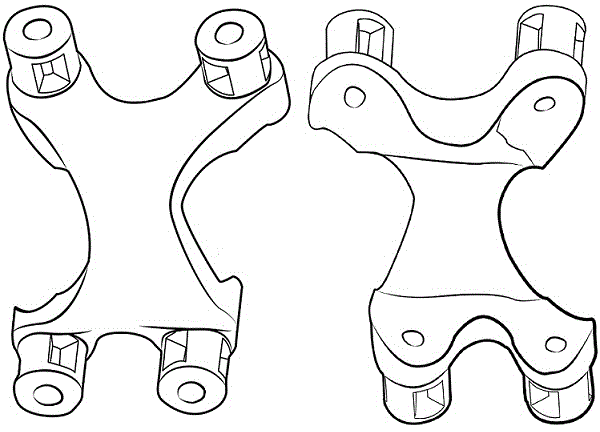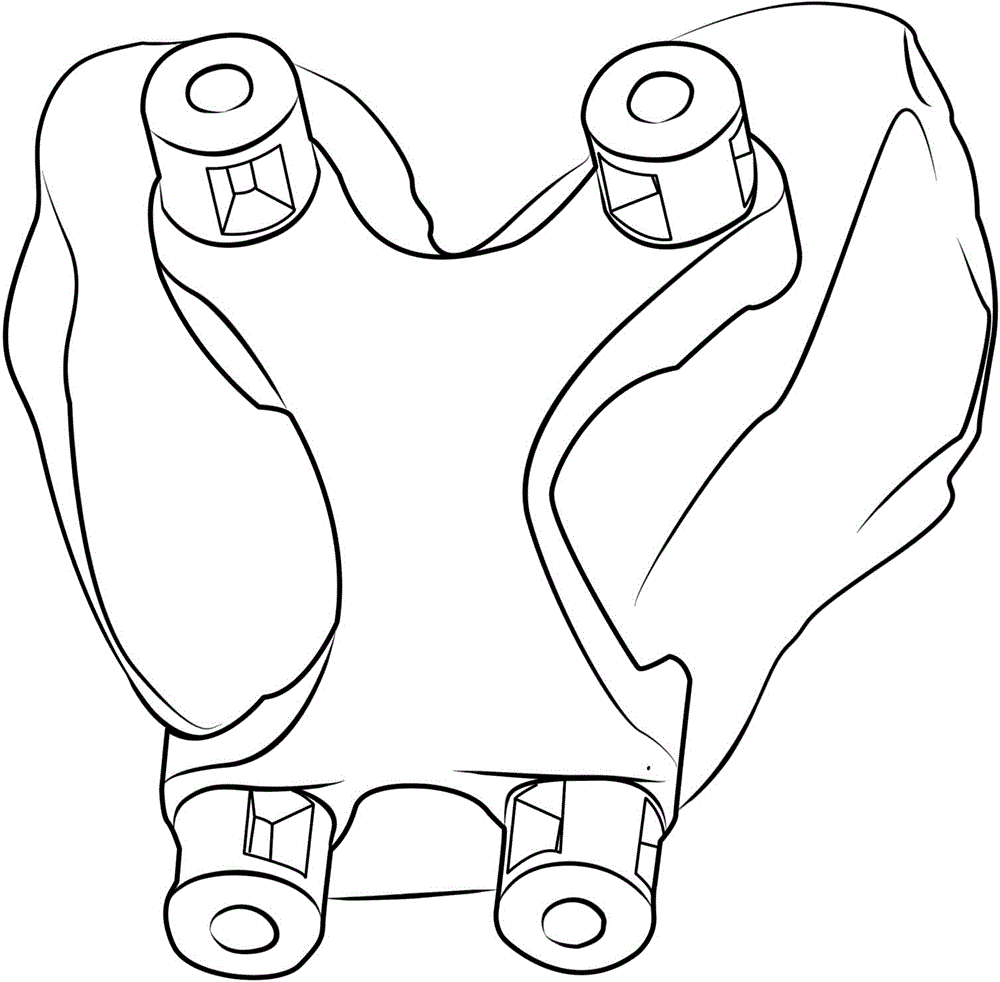Personalized minimally-invasive knee joint positioning guide plate based on medical image
A medical image, knee joint technology, applied in the field of medical devices, can solve problems such as unimaginable consequences, unstable navigation system, increased patient blood loss, etc., to reduce errors in prosthesis size selection and alignment of force lines Assembly and sterilization process time, avoid over-positioning and the effect of unstable positioning
- Summary
- Abstract
- Description
- Claims
- Application Information
AI Technical Summary
Problems solved by technology
Method used
Image
Examples
Embodiment 1
[0032] The specific implementation steps are as follows:
[0033] Step 1, lower limb data acquisition: CT / MRI scan (or other medical imaging methods) is performed on the lower limb (or some structural features) of the patient, and the scanned data is saved in DICOM or other formats.
[0034] Step 2, 3D reconstruction of lower extremities: Import the acquired CT / MRI or other medical image data (or some structural features) of the patient into the 3D reconstruction software, and pre-process the 2D images by means of filtering, noise reduction, etc. The grayscale threshold is set for the contour, and the image segmentation is performed on the corresponding selected area on the transverse, coronal, and sagittal planes, and the 3D model of the lower extremity bones is reconstructed, which is saved as an STL or other format file.
[0035]Step 3, formulate preoperative planning: mark the characteristic reference points, lines, and surfaces of the lower limbs on the reconstructed 3D m...
Embodiment 2
[0040] Embodiment 2 introduces the steps and method of designing a composite positioning guide plate, in which steps 1-3 and 5 are the same as those in embodiment 1, and will not be repeated here, only steps 4 and 6 will be described in detail.
[0041] Step 4, design and manufacture of the positioning guide: according to the position of the femoral and tibial prosthesis and the size of the osteotomy determined by the above preoperative planning, determine the placement position of the four-in-one osteotomy, and then determine the placement position of the four-in-one osteotomy. The position of the positioning hole and the plane of the osteotomy were determined, and the axial position of the positioning hole of the composite positioning guide plate and the plane position of the osteotomy part were determined. On this basis, the main part of the composite positioning guide plate was designed through the forward design software, and then combined with the weight Carry out Boolean...
PUM
 Login to View More
Login to View More Abstract
Description
Claims
Application Information
 Login to View More
Login to View More - R&D
- Intellectual Property
- Life Sciences
- Materials
- Tech Scout
- Unparalleled Data Quality
- Higher Quality Content
- 60% Fewer Hallucinations
Browse by: Latest US Patents, China's latest patents, Technical Efficacy Thesaurus, Application Domain, Technology Topic, Popular Technical Reports.
© 2025 PatSnap. All rights reserved.Legal|Privacy policy|Modern Slavery Act Transparency Statement|Sitemap|About US| Contact US: help@patsnap.com



